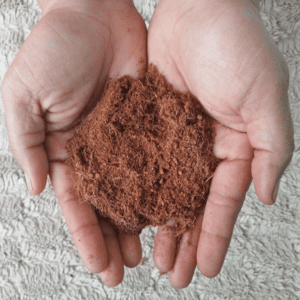Description
Bioethanol, also known as ethanol, is a renewable and clean-burning alcohol produced from organic materials.
It is commonly derived from agricultural crops such as corn, sugarcane, and wheat, or from plant-based waste materials.
IMPORTANCE OF BIOETHANOL
• Bioethanol plays a vital role in reducing greenhouse gas emissions and mitigating climate change by providing a greener alternative to fossil fuels.
• By replacing conventional gasoline, it helps to reduce harmful air pollutants, such as carbon monoxide and volatile organic compounds.
APPLICATIONS
TRANSPORTATIONS
Used as a blend with gasoline (E10, E15) or as E85 for flex-fuel vehicles.
INDUSTRIAL
Used as a solvent and in the production of chemicals.
POWER GENERATION
Bioethanol can be used in generators and combined with gasoline for small engines.
TYPES OF BIOETHANOL
1ST GENERATION
Derived from edible crops like corn, sugarcane, and
wheat.
2ND GENERATION
Derived from non-food feedstock, such as agricultural
waste, forest residues, or dedicated energy crops.
3RD GENERATION
Under development, utilizing algae or genetically
modified crops to maximize ethanol production.
SPECIFICATIONS
CHEMICAL COMPOSITION
Bioethanol is composed of 95% ethanol and 5% denaturants (usually gasoline) to make it unfit for human consumption.
OCTANE RATING
Bioethanol has a high octane rating, which improves engine performance.
ENERGY CONTENT
Approximately 70% of the energy content of gasoline.
ADVANTAGES
- Decreases dependence on fossil fuels, promoting energy security and diversification
- Fosters rural development by providing opportunities for farmers and the agricultural sector.
- Reduces greenhouse gas emissions, contributing to a more sustainable future.
- Enhances engine performance and reduces air pollution.





